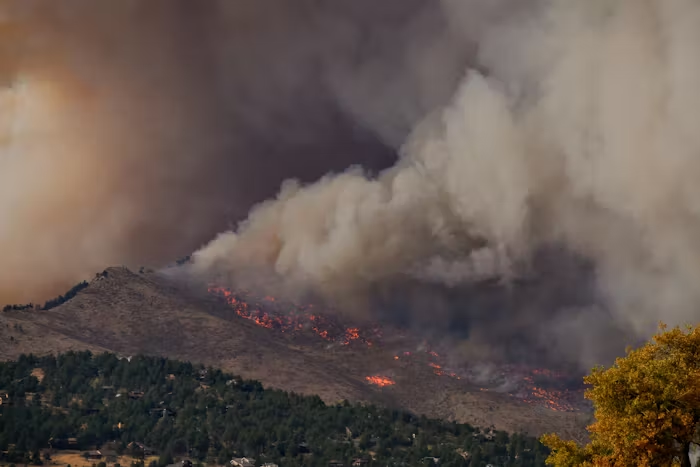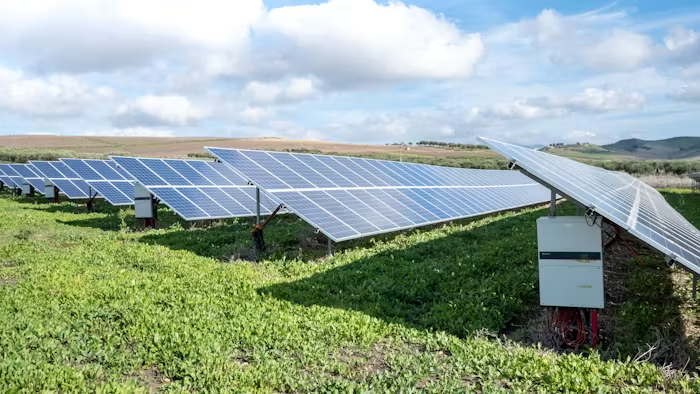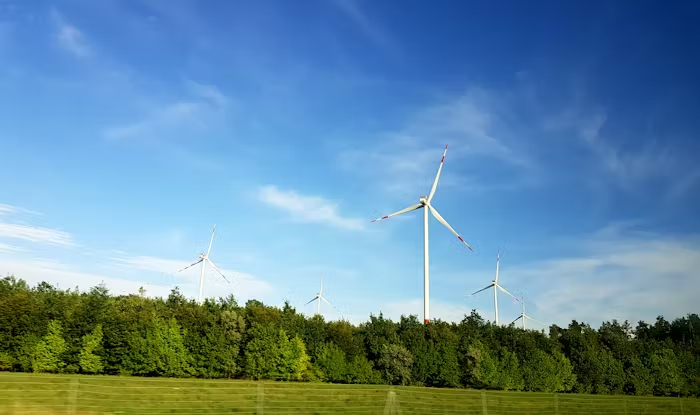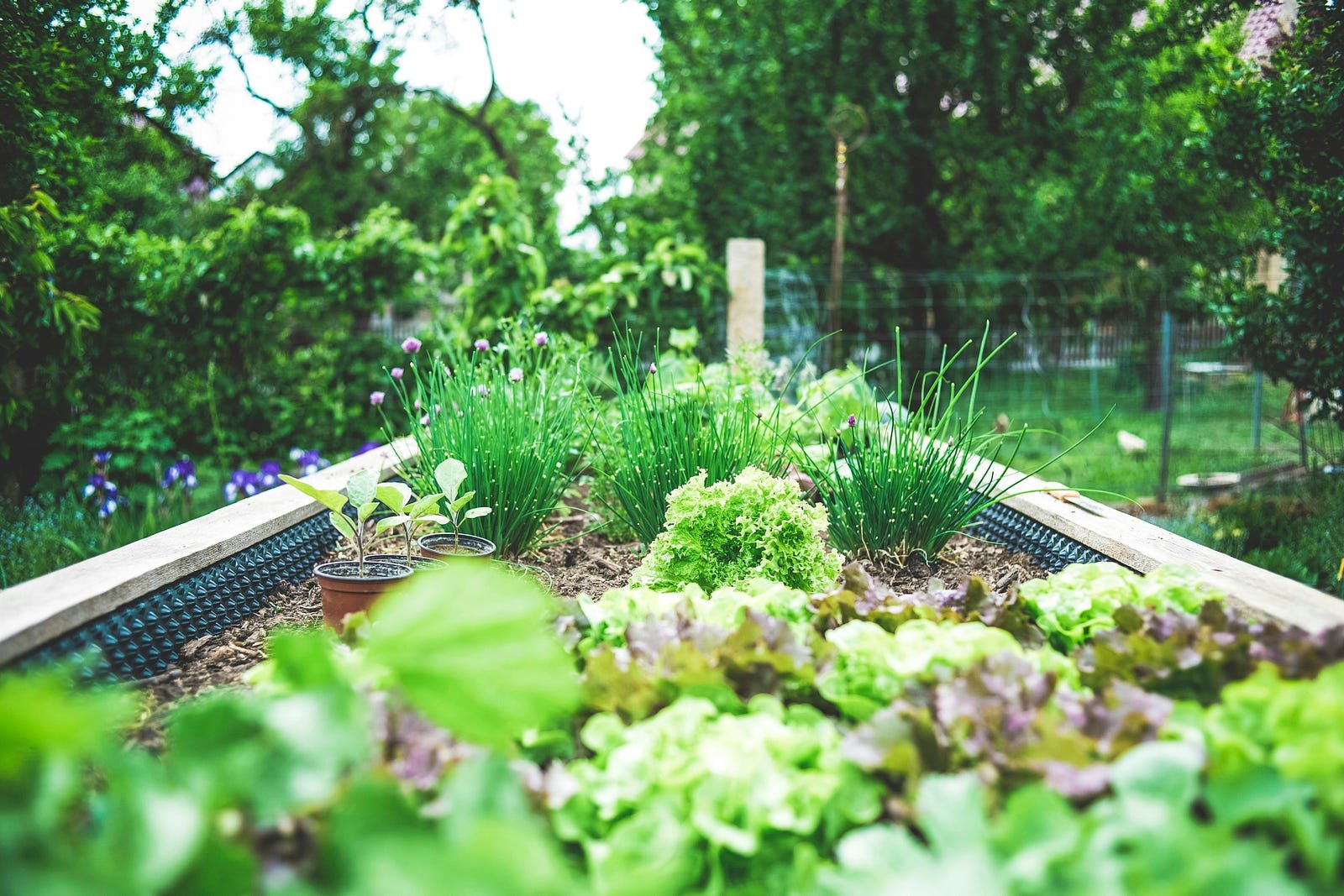Climate change is one of the most pressing challenges of our time, reshaping ecosystems and threatening the delicate balance of life on Earth. As global temperatures rise, the effects are being felt across the planet — from the polar ice caps to the deepest oceans. One of the most significant consequences of climate change is its impact on biodiversity and natural resources. In this article, we will explore how climate change is altering ecosystems, threatening species, and jeopardizing vital resources that are essential for human survival.

Understanding the Link Between Climate Change and Biodiversity
Biodiversity refers to the variety of life on Earth, including species diversity, genetic diversity, and ecosystem diversity. Climate change — driven primarily by the burning of fossil fuels, deforestation, and industrial activities — has caused drastic shifts in temperature, weather patterns, and ocean acidity. These changes disrupt ecosystems, making it harder for species to survive and thrive in their natural habitats.
How Climate Change Affects Biodiversity
Habitat Destruction: Rising temperatures and shifting weather patterns force species to migrate to new habitats. For many, this means moving to higher altitudes or latitudes. Unfortunately, these suitable habitats are limited, leading to loss of habitat for species that cannot adapt quickly enough.
Disruption of Ecosystems: Climate change is causing the collapse of food webs and altering the relationships between species. For instance, warmer temperatures might trigger earlier blooming of flowers, but if pollinators like bees don’t adjust their timing, entire ecosystems can be disrupted.
Species Extinction: As climates change, many species are unable to adapt fast enough or migrate to new areas. This leads to a higher risk of extinction. Coral reefs, for example, are highly sensitive to temperature changes. As ocean temperatures rise, corals experience bleaching, a phenomenon that weakens them and can lead to mass die-offs.
The Role of Climate Change in Threatening Natural Resources
Natural resources like water, soil, and forests are the foundation of human life and civilization. Climate change is not just an environmental issue — it’s also a humanitarian one, as it impacts the resources that sustain agriculture, clean water, and energy.
1. Water Scarcity and the Impact on Freshwater Resources
Water is essential for human survival, agriculture, and industry, but climate change is intensifying water scarcity around the world. As temperatures rise, evaporation rates increase, reducing water availability in already drought-prone areas. At the same time, more frequent and intense storms lead to flooding, further contaminating freshwater supplies and damaging infrastructure.
Impact: The availability of freshwater will become more unpredictable, leading to water shortages in regions that depend on consistent rainfall patterns. This will particularly affect agriculture, where irrigation is a critical component.
Solution: Governments and organizations need to prioritize water conservation technologies and improve water management strategies to cope with the challenges posed by climate change.
2. Agricultural Resources: Food Security at Risk
Climate change significantly affects crop yields and the global food supply. Changes in temperature, rainfall patterns, and extreme weather events such as droughts and floods are altering growing seasons, making farming more unpredictable.
Impact: Essential crops like wheat, maize, and rice are vulnerable to extreme temperatures, pest outbreaks, and water scarcity, all of which are worsened by climate change. This could lead to food insecurity and higher prices, especially in developing countries that rely heavily on agriculture.
Solution: Developing climate-resilient crops and implementing sustainable agricultural practices, such as crop diversification and water-efficient irrigation systems, can help mitigate the impact of climate change on food security.
The Impact of Climate Change on Forests and Land Use
Forests are crucial for maintaining biodiversity, regulating the global climate, and providing natural resources like timber, fuelwood, and medicinal plants. However, rising temperatures and altered rainfall patterns are putting forests around the world at risk.
1. Forest Degradation and Deforestation
Deforestation, combined with climate-induced stresses, has led to the degradation of vital forest ecosystems. Changing weather patterns increase the frequency of wildfires, pests, and diseases that destroy forests. This, in turn, affects the biodiversity that relies on these ecosystems.
Impact: Forests are home to over 80% of terrestrial species, and as these ecosystems degrade, countless species lose their habitats. Moreover, trees play a critical role in absorbing carbon dioxide, and forest loss exacerbates greenhouse gas emissions.
Solution: To address this, the restoration of degraded forests through initiatives like reforestation and afforestation can help mitigate climate change while preserving biodiversity. Additionally, stricter regulations on deforestation can help reduce the rate of forest loss.
2. Soil Degradation and Desertification
Changes in climate also contribute to soil degradation, reducing the land’s ability to support crops and vegetation. Increased heat and changing rainfall patterns can lead to desertification — the process by which fertile land becomes desert.
Impact: Soil erosion, loss of arable land, and decreased soil fertility reduce the land’s productivity, impacting food production and biodiversity. This can lead to increased migration and conflict over resources, especially in areas already struggling with poverty.
Solution: Sustainable land management practices, such as crop rotation, terracing, and no-till farming, can help reduce soil degradation and desertification.
The Effects of Climate Change on Marine Biodiversity
Our oceans are critical to the planet’s biodiversity, supporting a vast array of life forms. However, climate change poses significant threats to marine ecosystems, particularly through ocean acidification and rising sea temperatures.
1. Coral Reef Destruction
Coral reefs are home to approximately 25% of marine species. Unfortunately, rising sea temperatures and ocean acidification are causing widespread coral bleaching. When corals expel the symbiotic algae that provide them with nutrients, they turn white and become vulnerable to disease.
Impact: The destruction of coral reefs threatens marine biodiversity, fisheries, and tourism industries that rely on healthy reefs.
Solution: Efforts to reduce carbon emissions and protect marine environments through marine protected areas can help preserve coral reefs and marine life.
2. Disruption of Fish Populations
Fish species are sensitive to temperature changes, and shifting ocean temperatures are altering migration patterns, spawning cycles, and the distribution of fish stocks.
Impact: As fish populations move to cooler waters, local fishing industries are affected, especially in coastal communities that rely on fisheries for their livelihoods.
Solution: Sustainable fishing practices and marine conservation efforts are crucial in managing fish populations and ensuring food security for future generations.
A Call for Immediate Action
The impact of climate change on biodiversity and natural resources is undeniable, and the consequences are far-reaching. From the loss of species to threats to food and water security, the effects of climate change are already being felt across the globe. However, there is still hope. By adopting sustainable practices, investing in conservation efforts, and reducing carbon emissions, we can mitigate the damage and protect our planet for future generations.
Key Takeaways:
Biodiversity loss and the destruction of ecosystems are direct consequences of climate change.
Natural resources, such as water, forests, and soil, are being severely impacted, jeopardizing human survival.
Conservation efforts, sustainable agriculture, and climate-resilient infrastructure are key to addressing these challenges.










